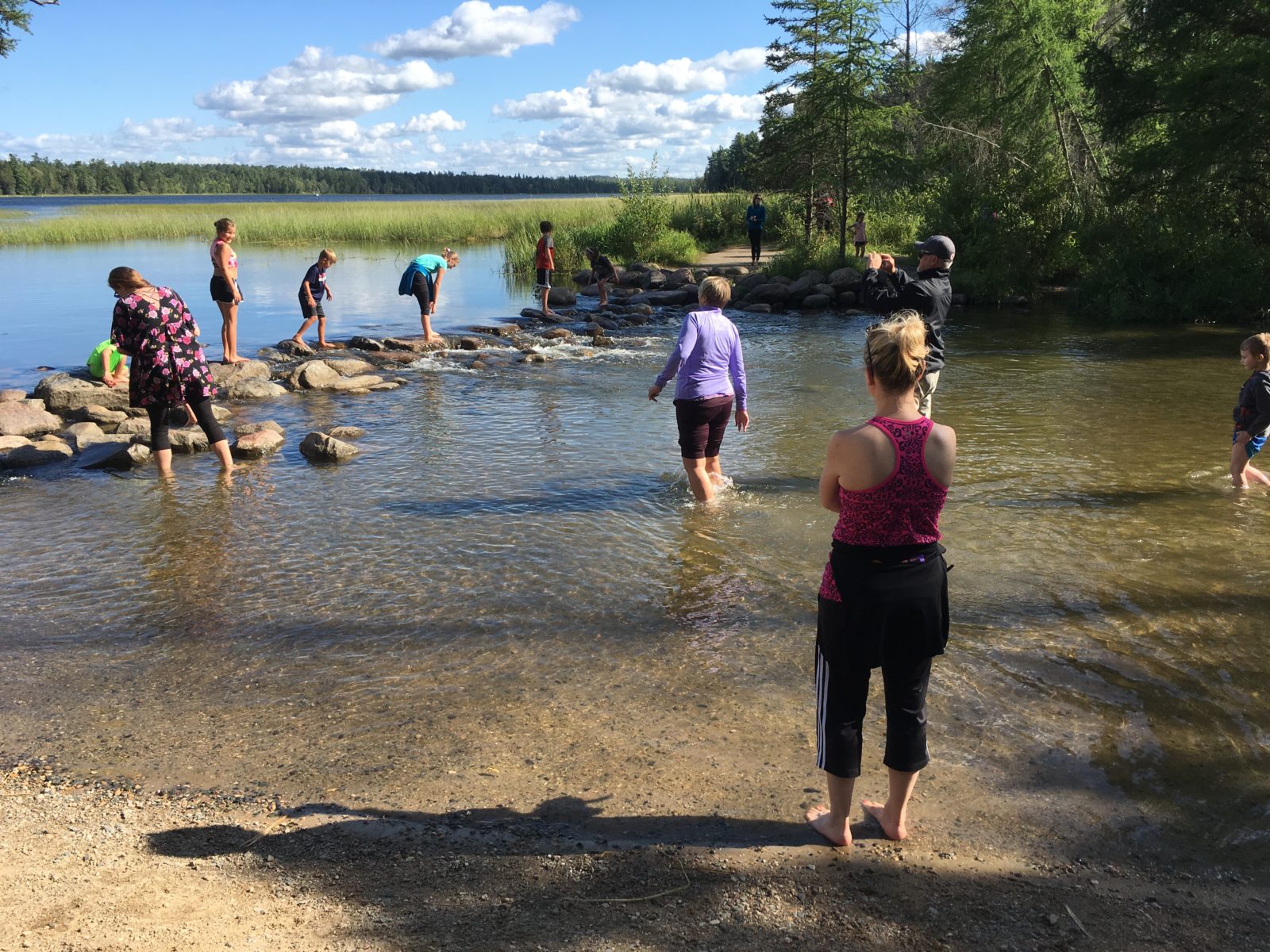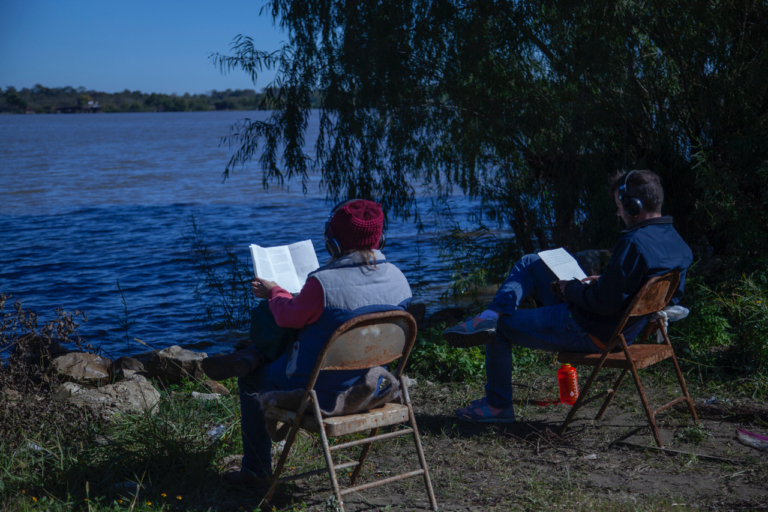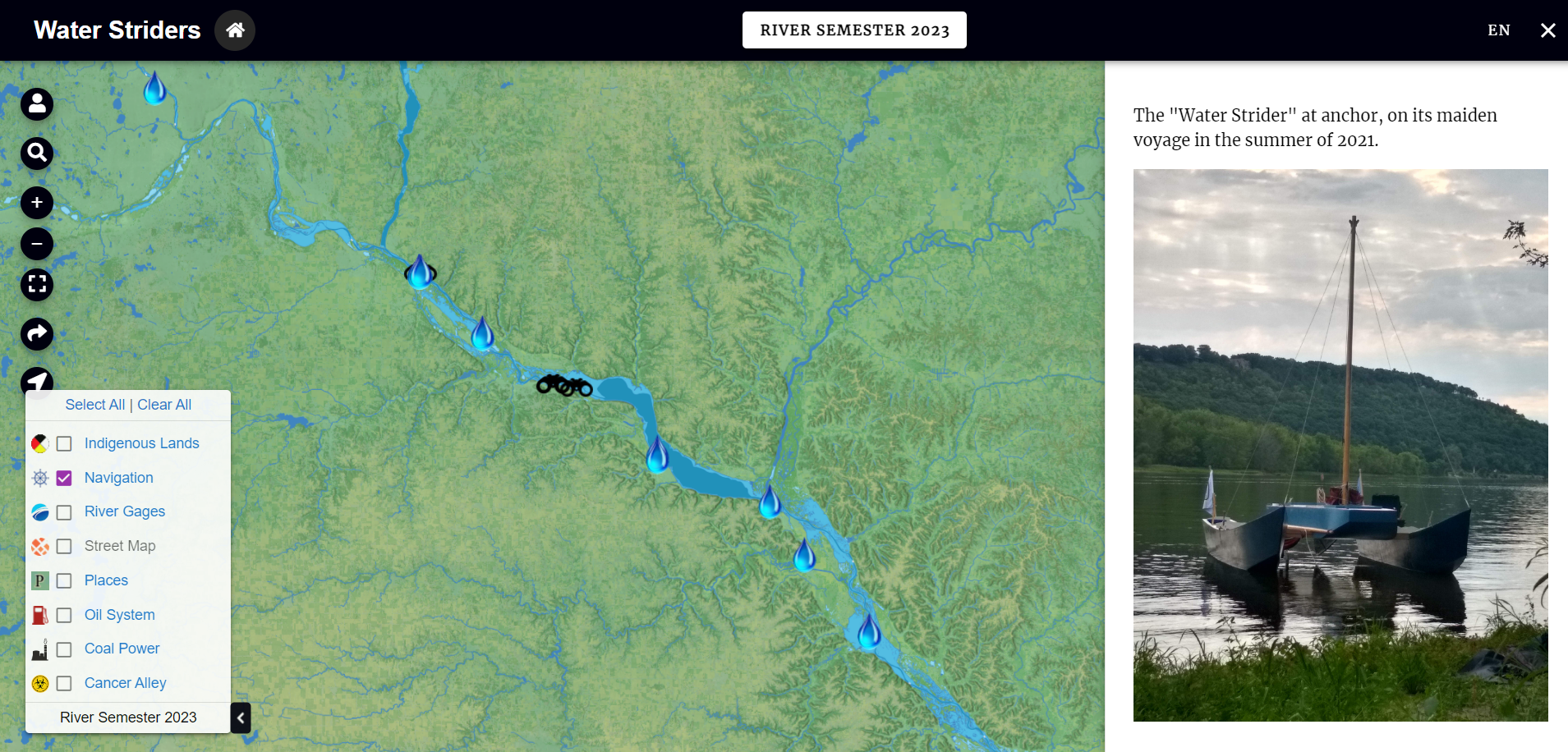
(Originally published for the Anthropocene Curriculum.)
The United States of America is just under ten million square kilometers in surface area. Its most conterminous landmass is a topology of creases and folds, mountains and ridges, chasms and embankments. These create, among other divides, hydrological continental separations, sloped divisions for watersheds that flow into either the Great Lakes and Saint Lawrence River or the Missouri-Mississippi complex. These great, tectonic gutters cascade erosive, mineralized waters into the Atlantic Ocean or the Gulf of Mexico, respectively.
The Upper Mississippi river runs from its “headwaters” at Lake Itasca to its “confluence” with the Missouri River at St. Louis, Missouri—and from there, everything heads south. The areas called the “headwaters” are ambiguously and somewhat arbitrarily defined, signifying a something that is resonant, oscillatory, fabricated and factual, real and illusory. We could say that the source waters of the mighty Mississippi are almost anywhere along its varying route, as its watersheds include two Canadian provinces and almost half the landmass of the continental United States. These — all feeding lake, river, rain, and spring waters — remind us that where a river “starts”, exactly, is not so simply or easily defined.
Yet, a shallow, tiny stream, dotted with a line of boulders that contemporary pilgrims walk or stumble across, is arranged and maintained as a tourist attraction by the Minnesota Conservation Corps. A carved tree stump indicates that this is where the Mississippi “begins to flow on its winding way 2,552 miles to the Gulf of Mexico.” Standing at the headwaters, we stand at the “beginning” of America’s greatest river, and so, somehow, at a beginning of the American myth. These are lands charged with elevation, energetic potential, territorial and human beauty and violence. It is a launching point for inner and external geographies, insistent flows of meaning that sensitize and affect us all, and most especially those embarking on the Anthropocene River Journey. Emotions well up within us, sentiment dissolving linear planning and logistical thought—“mental rivers wear away abstract banks,” as Robert Smithson would have it. There are waters flowing inside us, and those that flow without. We are leaky creatures, never contained or containable, too much for our watery selves. That which makes us sweat or cry, appearing at the limit of exertion and sensation, that same stuff that washes and wears on the world. At these headwaters, we find ourselves pent-up, pulled in, made raw, and released by an ambiguous start, the anxious demand—“go!” —of a yet-to-be-realized deluge.
Mark Twain wrote of the Mississippi that we “cannot curb it or confine it, cannot say to it, Go here, or Go there, and make it obey; cannot save a shore that it has sentenced; cannot bar its path with an obstruction which it cannot tear down, dance over, and laugh at.” Steady land is left for the sinuous flows of an untamable and lawless, southbound waterway.


